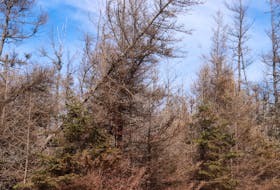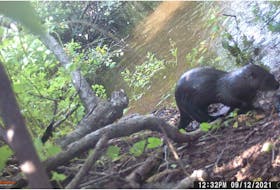Dr. Adam Fenech, director of UPEI’s Climate Research Lab, will be demonstrating a new tool Tuesday designed to do just that.
According to a new prediction model, Prince Edward Island lost 20 square kilometres of land to erosion between 1968 and 2010. If this rate of erosion continues, the province will lose upwards of 1,000 homes over the next 90 years.
Fenech will be demonstrating the Coastal Impact Visualization Environment (CLIVE) system at 7 p.m. Feb. 11 in the main floor lecture theatre of the Regis and Joan Duffy Research Centre at UPEI in Charlottetown.
CLIVE is a collaborative research initiative connecting UPEI’s Climate Research Lab with Spatial Interface Research Lab.
“CLIVE at first looks like some sort of video game that allows you to manipulate and interact with a three-dimensional map of Prince Edward Island, but it is not a game,” said Fenech.
“CLIVE allows users to interactively explore the province’s coastlines and simulate sea-level rise and storm surge scenarios. It is a powerful tool.”
LIVE brings together data from a number of sources, including LiDAR-based high-resolution digital elevation data from the province. The Island also has an outstanding record of provincewide aerial photographs that that go back as far as 1968.
“CLIVE is great exemplar of a new generation of analytical geovisualization interfaces that make important scientific models engaging, interactive and navigable,” said Dr. Hedley, director of SFU’s Spatial Interface Research Lab.
“CLIVE is one of the first public communication tools to enable citizens to interactively view historical evidence, current data, and predictive models of linked coastal impacts for an entire province. We hope that CLIVE will be informative for P.E.I.’s citizens and government, supporting constructive dialogue and planning to mitigate these threats.”








